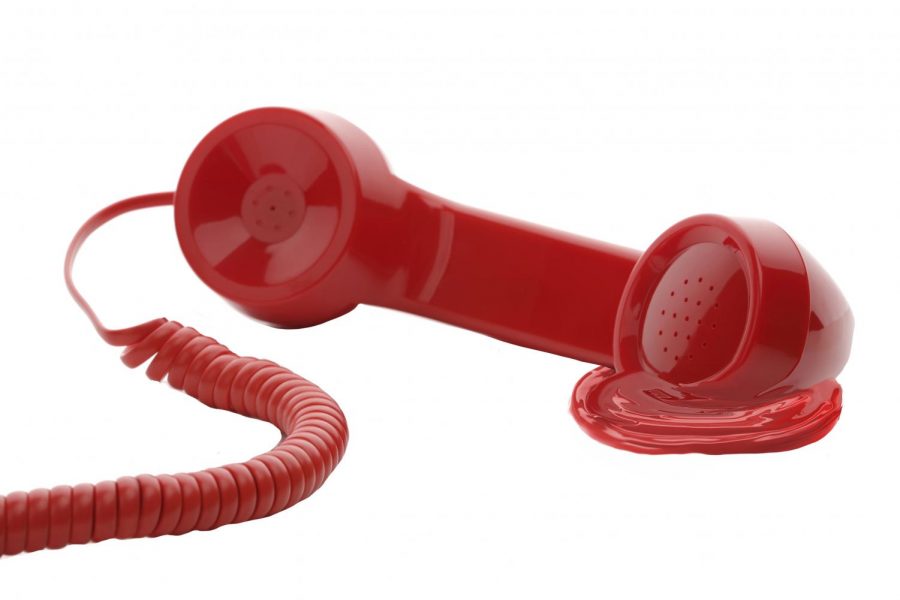Transient electronics do disappearing act
Keeping secrets has never been easier
April 14, 2014
Destroying the evidence is becoming easier thanks to the increasing demand for transient technology.
Transient electronic devices, which dissolve when triggered, were inspired by the need to delete data when it is no longer useful, according to Reza Montazami, assistant professor of mechanical engineering at Iowa State University.
According to John Rogers, professor of materials science and engineering at the University of Illinois at Urbana-Champaign, the goal in developing such devices is to increase the use of volatile electronic sensors and circuits in popular consumer products such as computers and cell phones. The products would be constructed using materials that dissolve in water or can be disintegrated remotely, which would eliminate all traces of the data.
“The basic function, the way the circuits work and sensors operate, are very comparable to what you would find in a more conventional and commercially available type of device,” Rogers said. “It’s really the material selections that are very unusual and lead to this … transient characteristic.”
Rogers said transient devices would require semi-conductors, fine dielectrics and metal layers with soluble characteristics.
Because the technology behind transient electronics is simple, virtually any product can become transient, Montazami said. He and his team are currently developing transient commercial products, such as driver’s licenses and passports. When users lose such a form of identification or other personal information, they could simply dissolve it, Montazami said.
Huanyu Cheng, a four-year Ph.D. candidate in the Department of Mechanical Engineering at Northwestern University, said transient electronics can also be used inside the body for more extensive medical research. Currently, biomechanical devices are inserted and removed from the body by two surgeries, he said. Transient electronics would require only the initial surgery because they could harmlessly dissolve inside the body.
The military and intelligence communities are also seeking to utilize transient electronics, Rogers said. He said the Department of Defense and the Defense Advanced Research Projects Agency are sources of considerable research funding for transient projects because of the security the devices could offer military personnel.
“We are living in a world where data is becoming more important, and at the same time, there are also concerns about the safety and security of this data,” Montazami said. “These devices, in the long term, can be a solution to data security. If you lose something, you can just destroy it remotely.”
Finding the most efficient materials to make the devices is a challenge for engineers. Rogers said the semi-conductor—the material that allows a circuit to operate—is the most difficult piece to develop. He and other engineers turned to silicon, which is water-soluble. He said the final, dissolved product is silicic acid, a naturally occurring compound found in water.
“It’s intrinsically biocompatible and that makes it a really compelling choice for the semiconductors,” Rogers said.
Rogers said his team works with water as the dissolution trigger. He said devices made with thin layers of silicon can dissolve in any type of water.
However, the challenge is finding materials for the circuits that do not dissolve in water while they are being built because water is a crucial part of the development process, Rogers said.
Montazami said he and his engineering team are working with soluble metals for the electronic components of their semi-conductors rather than using nano-sized
silicon materials. Cheng said the materials used to create these electronics would depend on how long the device needs to be active before it can be efficiently dissolved.
“We need to know how long we need the devices to survive,” Cheng said. “Then we develop the structure and layers of each material, and at the right time, the material will dissolve.”
Montazami’s lab is currently working to create transient electronics that can be dissolved by a remote trigger that operates like a cellphone signal, he said. The remote would send a satellite signal, causing the device to release chemicals and generate heat to release a dissolving solution, Montazami said. The team has developed a remote that can trigger the reaction from approximately 20 feet away, he said.
“[It is] a work in progress,” Montazami said. “We can send signals and receive signals by this device, but it is going to take some time to complete the technology.”
Montazami said transient electronics are still in development and will not be commercially available for some time.








